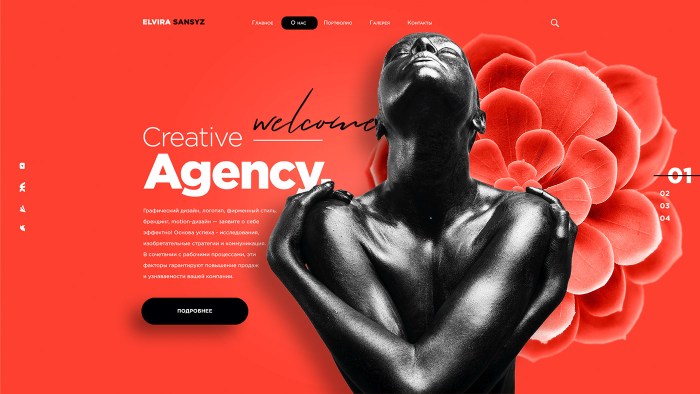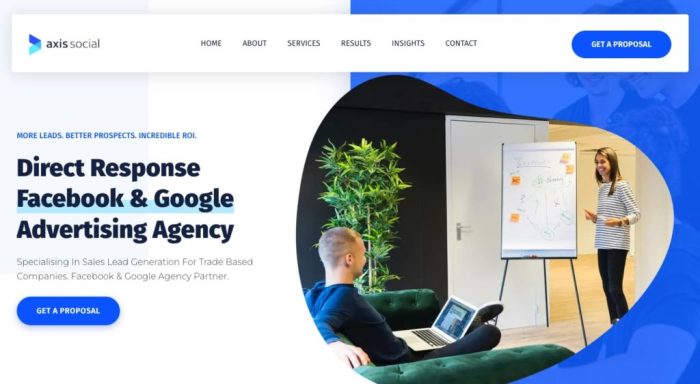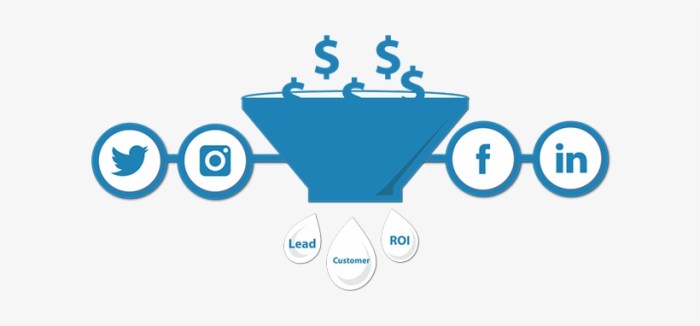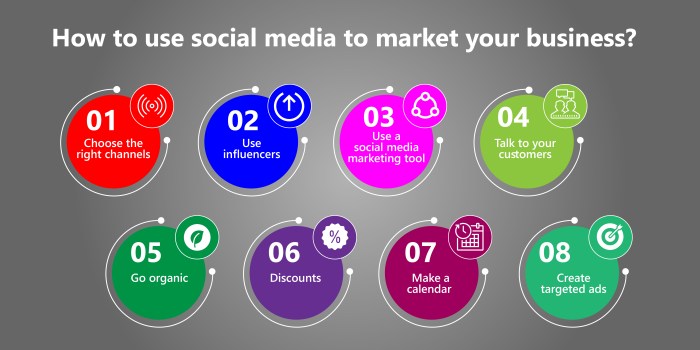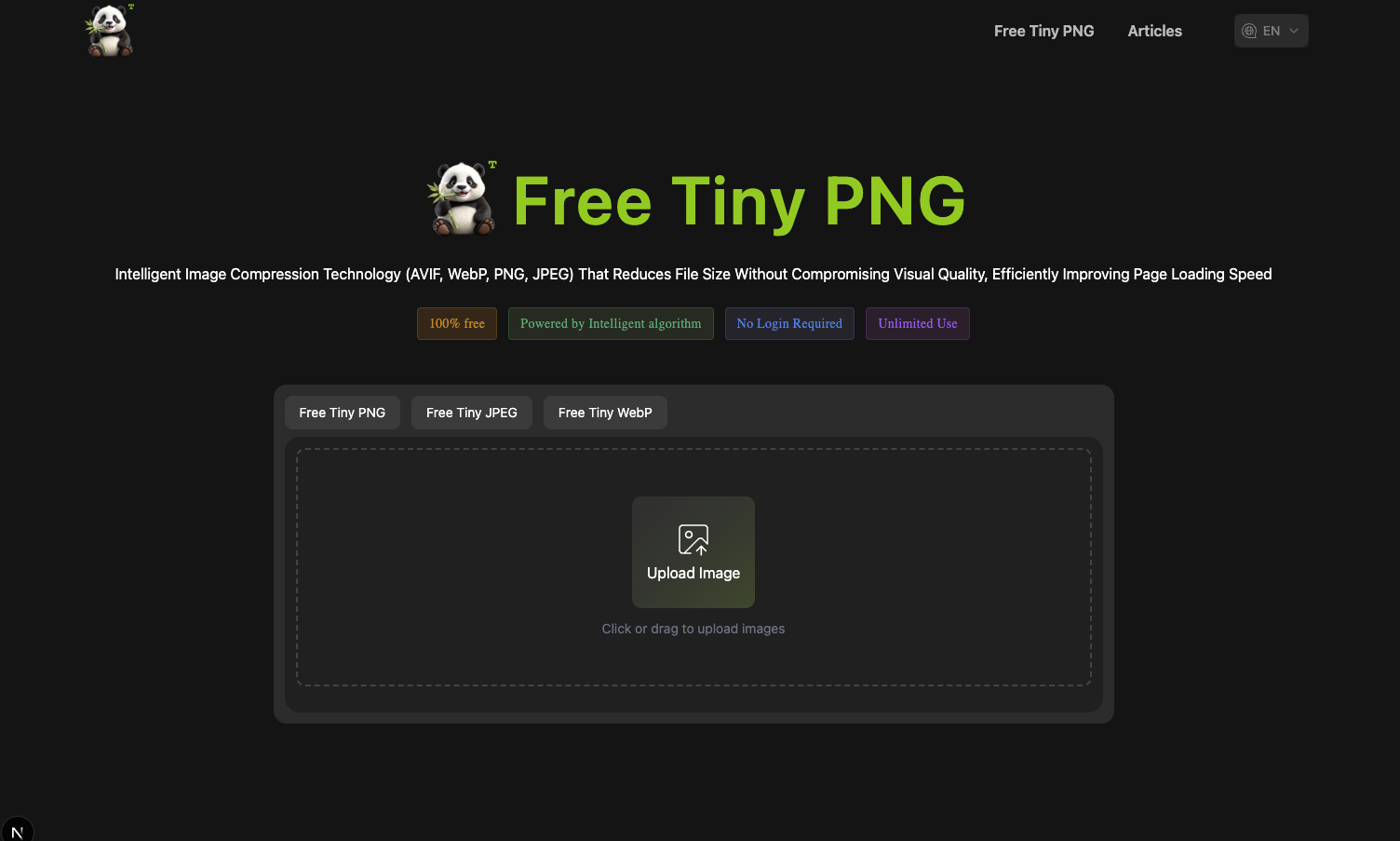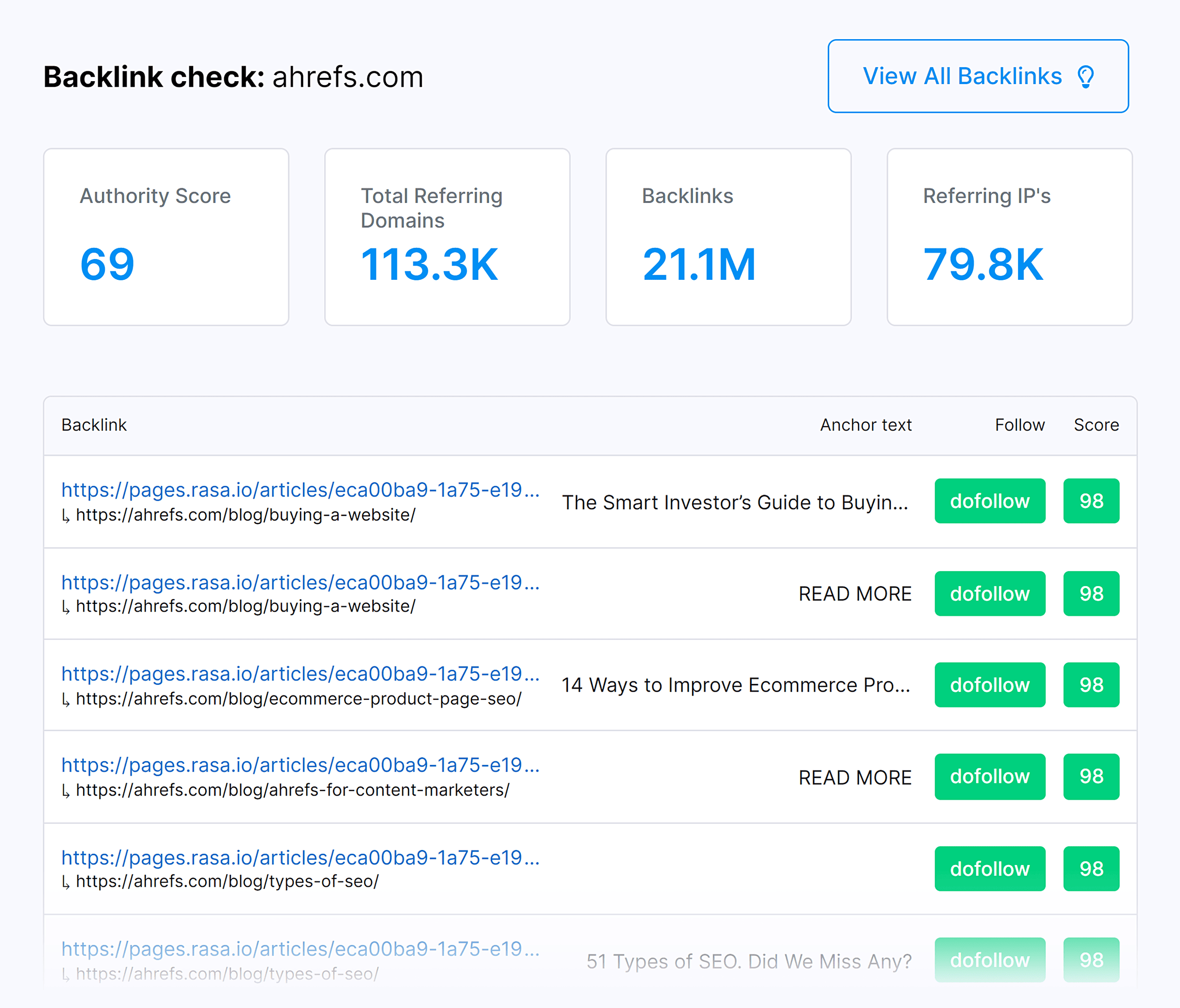Twitter advertising services offer a powerful way to connect with your target audience on the platform. Leveraging various ad formats like promoted tweets and accounts, you can precisely target specific demographics and interests. Understanding the different pricing models and bidding strategies is key to optimizing your campaigns for maximum impact and return on investment. This guide will walk you through the intricacies of Twitter advertising, from setup to optimization, ensuring you achieve your marketing goals effectively.
This comprehensive overview details the key features, benefits, and strategies behind Twitter advertising services. From crafting compelling ad creatives to understanding audience segmentation and campaign management, we’ll cover everything you need to know to succeed in the ever-evolving landscape of social media marketing. We’ll explore case studies and future trends to give you a holistic understanding of how to effectively utilize Twitter’s advertising tools.
Introduction to Twitter Advertising Services
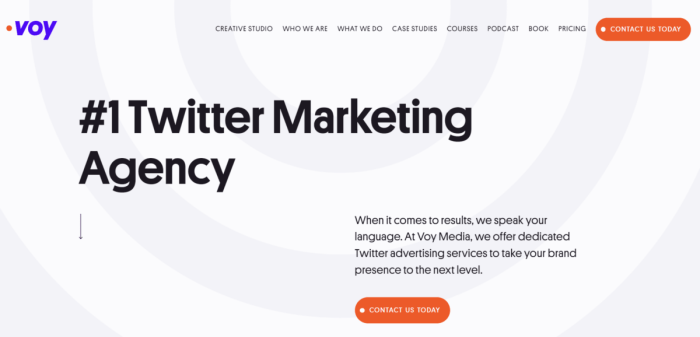
Source: influencermarketinghub.com
Twitter advertising offers businesses a powerful platform to connect with their target audience and drive specific results. It leverages Twitter’s vast user base and engagement features to deliver targeted messages and maximize return on investment. This platform provides various ad formats and robust analytics to track campaign performance.
Twitter advertising goes beyond simple social media posting; it’s a strategic tool for reaching the right people at the right time. Through a variety of formats and detailed targeting options, businesses can precisely connect with users interested in specific topics, industries, or behaviours.
Ad Formats Available
Various ad formats cater to diverse marketing objectives. Understanding these options is crucial for tailoring campaigns effectively.
- Promoted Tweets: These are standard tweets, but with an added boost in visibility. They appear in users’ feeds, alongside other organic tweets, making them a highly effective way to increase reach and engagement.
- Promoted Accounts: These ads focus on promoting the advertiser’s account itself, driving followers, and enhancing brand awareness. They typically feature a concise description and compelling visuals to encourage users to follow the advertiser.
- Promoted Trends: These ads leverage trending topics to gain significant exposure. They appear within the trend list, alongside other related content, providing the opportunity to reach a large audience actively engaged in the discussion.
- Sponsored Videos: Videos are a dynamic and engaging format. They can be integrated into tweets, and ads can be displayed within users’ feeds. This format can be used to showcase products, share company updates, or highlight customer testimonials.
- In-Stream Video Ads: These ads appear within videos displayed on Twitter, offering an engaging format to capture attention. This format can be used to showcase products, share company updates, or highlight customer testimonials.
Target Audience Targeting Options
Twitter advertising provides granular control over who sees your ads. This allows for highly specific targeting, leading to higher engagement and conversion rates.
- Demographics: Targeting based on factors like age, location, gender, and interests allows you to narrow your audience to match your specific customer profile.
- Interests: This option allows for precise targeting based on the topics and activities users engage with on Twitter. For example, if you sell hiking gear, you could target users interested in hiking, outdoor activities, and related topics.
- s: By targeting specific s, you can reach users actively discussing or researching those topics. This is a powerful way to connect with a relevant audience.
- Behaviors: Targeting based on user behaviour, such as their engagement on another account, and the types of tweets they interact with, can provide highly relevant reach.
Performance Measurement
Understanding how your ads perform is crucial for optimization. Various metrics allow you to track progress and make adjustments.
- Engagement Metrics: These metrics, such as impressions, clicks, retweets, and likes, measure the level of interaction users have with your ads.
- Conversion Metrics: These metrics, such as website visits, app downloads, and lead generation, track the direct impact of your ads on desired actions.
- Cost-Per-Click (CPC): This metric measures the cost of each click on your ad, enabling you to understand the efficiency of your ad spend.
- Cost-Per-Engagement (CPE): This metric measures the cost of each engagement, like a retweet or like, providing insight into how your ad spending translates to engagement.
Benefits of Utilizing Twitter Advertising Services
Leveraging Twitter advertising offers businesses a unique opportunity to connect with a highly engaged audience and achieve specific marketing objectives. This platform provides a powerful avenue for targeted outreach, fostering meaningful interactions and ultimately driving measurable results.
Twitter’s distinct characteristics, such as real-time updates and trending topics, present unparalleled opportunities for businesses to engage in conversations relevant to their industry and target audience. The platform’s strong emphasis on dialogue and interaction sets it apart from other social media platforms, allowing for a more dynamic and effective marketing approach.
Reach and Engagement Potential
Twitter’s reach extends far beyond traditional social media platforms. Its real-time nature and strong emphasis on trending topics enable brands to tap into a highly engaged audience eager for immediate information and interaction. This translates into increased visibility and a greater chance of reaching a broader spectrum of potential customers compared to platforms less focused on immediacy. The platform’s unique algorithm rewards relevant and engaging content, amplifying the reach of well-crafted campaigns. In contrast to platforms with a focus on passive consumption, Twitter cultivates active participation, creating a more dynamic and effective marketing environment.
Targeted Advertising Capabilities
Twitter’s advertising tools provide a highly granular level of targeting, enabling businesses to reach specific demographics, interests, and behaviors. This allows for the creation of highly tailored campaigns, optimizing ad spend, and ensuring that marketing efforts are focused on the most receptive audience. This precision targeting is a significant advantage compared to other platforms, where broad targeting may lead to wasted ad spend. Precise targeting ensures that your message resonates with the intended audience, maximizing the return on investment.
Achieving Marketing Objectives
Twitter advertising can be tailored to achieve a variety of marketing objectives, including brand awareness, lead generation, website traffic, and sales. The platform’s capabilities allow businesses to precisely align their advertising strategies with specific marketing goals. By utilizing the platform’s diverse ad formats, businesses can effectively engage with their audience and generate tangible results. This aligns well with the platform’s user base, which frequently engages with content, providing an ideal environment for conversions.
Key Performance Indicators (KPIs)
Monitoring key performance indicators (KPIs) is crucial for evaluating the effectiveness of Twitter advertising campaigns. These KPIs provide actionable insights into campaign performance, allowing businesses to refine their strategies and optimize results. Tracking metrics like impressions, engagement rate, click-through rate, and conversion rate provides a comprehensive understanding of the campaign’s impact. A strong emphasis on data-driven decision making is crucial for sustained success. By consistently analyzing these metrics, businesses can fine-tune their strategies and maximize the ROI of their Twitter advertising campaigns. The consistent tracking of these metrics allows for informed decisions and a more strategic approach to optimizing Twitter advertising.
Key Features and Capabilities
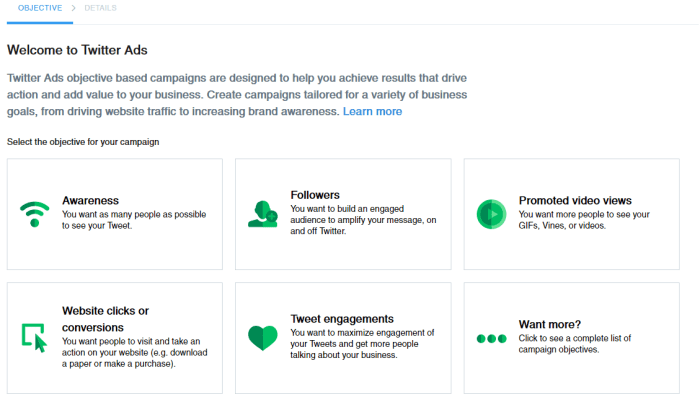
Source: sproutsocial.com
Twitter advertising services offer a robust platform for businesses to connect with their target audience. This section details the key features, enabling advertisers to effectively manage and optimize their campaigns.
Twitter’s advertising platform boasts a comprehensive set of tools designed to meet diverse campaign needs. From granular targeting options to sophisticated bidding strategies, advertisers can leverage these tools to reach the right people at the right time.
Targeting Options
Twitter’s advanced targeting capabilities allow businesses to precisely define their ideal audience. These options go beyond basic demographics and encompass interests, behaviors, and even specific conversations happening on the platform. This precision ensures that ads are seen by users who are most likely to engage and convert. For example, a clothing retailer could target users interested in fashion trends, or a tech company could target users actively discussing specific software.
Bidding Strategies
Twitter offers a variety of bidding strategies, each designed to achieve different campaign goals. Understanding these strategies is crucial for effective campaign management.
- Cost-per-click (CPC) bidding: Advertisers pay only when a user clicks on their ad. This is a common choice for driving website traffic or lead generation.
- Cost-per-engagement (CPE) bidding: Advertisers pay when a user interacts with their ad in a specified way, such as liking, retweeting, or replying. This is often used for increasing brand awareness or driving engagement.
- Cost-per-impression (CPM) bidding: Advertisers pay for each time their ad is displayed to a user. This is suitable for campaigns focused on brand awareness and high-volume reach. For example, a company launching a new product might opt for CPM bidding to maximize visibility.
Campaign Management Tools
Twitter provides comprehensive campaign management tools to track progress, optimize performance, and refine strategies. These tools offer a holistic view of campaign activity, enabling advertisers to monitor key metrics like impressions, clicks, conversions, and engagement.
Ad Formats and Benefits
The platform offers various ad formats, each with unique strengths.
| Ad Format | Benefits |
|---|---|
| Promoted Tweets | Excellent for quick messaging, announcements, and engaging with specific trends. Promoted Tweets allow for direct interaction with the audience. |
| Promoted Accounts | Ideal for growing brand presence and driving followers. They encourage engagement and audience building. |
| Promoted Trends | Effective for leveraging trending topics to reach a wider audience. This is highly useful for promoting time-sensitive content. |
| Video Ads | Engaging and impactful, allowing for dynamic content presentation. Videos are a powerful tool for conveying complex information or creating emotional connections. |
| Carousel Ads | Present multiple images or videos in a single ad unit. This allows for showcasing diverse products or information effectively. |
Data and Analytics, Twitter advertising services
Twitter’s robust analytics tools provide valuable insights into campaign performance. Advertisers can track key metrics like reach, engagement, and conversions to understand what resonates with their target audience. Using these insights, campaigns can be refined and optimized for better results. For instance, analyzing which specific tweets drive the most engagement can guide future content creation.
Targeting Strategies and Audience Segmentation: Twitter Advertising Services
Twitter advertising offers granular targeting options, enabling businesses to precisely reach their ideal customers. Mastering these options is crucial for maximizing campaign ROI. This section explores the various targeting methods available and best practices for defining effective audiences.
Understanding your target audience is paramount for successful Twitter ad campaigns. Effective targeting strategies consider demographics, interests, behaviors, and more, allowing for precise delivery of messages to the right people at the right time.
Audience Targeting Options
Twitter provides a comprehensive suite of targeting options, allowing businesses to meticulously define their ideal customer profile. These options include:
- s: Targeting users based on the words and phrases they use in their tweets. This is a powerful way to reach individuals actively discussing topics relevant to your business. For example, a coffee shop could target users searching for “best coffee shops near me”.
- Interests: Identifying users interested in specific topics, brands, or products. This allows for a tailored approach to individuals who have demonstrated a keen interest in areas related to your offerings. For example, an e-learning platform could target users interested in “online courses” or “digital marketing”.
- Behaviors: Focusing on user actions like website visits, app usage, or purchase history. This provides insights into user behavior, helping to connect with potential customers who have already shown an affinity for your industry. For instance, a software company could target users who have visited their competitor’s website.
- Demographics: Targeting users based on their characteristics like location, age, gender, and job title. This approach is valuable for businesses needing to reach a specific demographic. A company selling children’s toys could target parents within a certain age range in a specific region.
- Custom Audiences: Importing your existing customer lists to retarget them with tailored ads. This strategy is particularly effective for re-engaging existing users or driving conversions from past website visitors. For example, an online retailer could target customers who have previously abandoned their shopping carts.
- Lookalike Audiences: Reaching users similar to your existing customers or website visitors. This is a cost-effective way to expand your reach to new potential customers with similar characteristics. A financial services company could create a lookalike audience based on existing high-net-worth clients.
Best Practices for Defining Target Audiences
Precise targeting is key to effective Twitter advertising. Follow these best practices:
- Define Clear Objectives: Start by establishing clear goals for your campaign. Are you looking for brand awareness, lead generation, or sales? Defining your objectives will inform your targeting decisions.
- Detailed Audience Research: Thoroughly understand your ideal customer profile. Consider demographics, interests, behaviors, and online activity. This research should be based on both internal data and external market research.
- Experiment and Iterate: Constantly monitor and refine your targeting strategies based on campaign performance data. Adjust your criteria to optimize your results and maximize your return on investment.
- Combine Targeting Options: Don’t rely on a single targeting method. Combining different targeting options allows for a more comprehensive and effective approach to reach your desired audience.
Effective Targeting Strategies for Different Business Types
Different business types can leverage various targeting strategies:
- E-commerce: Utilize custom audiences to retarget website visitors and lookalike audiences to reach similar users. Combining these with interest-based targeting for relevant products will increase conversion rates.
- Software as a Service (SaaS): Target users actively searching for software solutions in specific industries, using search and interests. Consider targeting specific job titles and companies.
- Financial Services: Focus on demographic targeting, specifically age and location, to ensure ads are shown to relevant potential customers. Consider adding interest targeting for financial products or services.
Comparison of Audience Targeting Methods
| Targeting Method | Description | Pros | Cons |
|---|---|---|---|
| s | Targets users based on s | Precise targeting, high relevance | Potential for broad reach, requires careful selection |
| Interests | Targets users based on interests | High engagement, relevant audience | May not be as precise as other methods |
| Demographics | Targets users based on demographics | Easy to implement, broad reach | May not be as precise or engaging as other methods |
| Custom Audiences | Target existing customers | High conversion potential, retargeting | Requires existing customer data |
Campaign Management and Optimization

Source: semetrical.com
Mastering Twitter advertising campaigns involves a strategic approach to creation, management, and optimization. Effective campaign management hinges on understanding your target audience, defining clear objectives, and consistently monitoring performance. A well-structured campaign, meticulously monitored and optimized, can significantly amplify your reach and maximize your return on investment (ROI).
Creating a Successful Twitter Ad Campaign
A well-defined Twitter ad campaign begins with a clear strategy. This involves meticulous planning, defining specific goals (e.g., brand awareness, lead generation, website traffic), and identifying your target audience. Thorough research into your ideal customer profile is crucial to crafting compelling ad copy and selecting relevant s. This process also necessitates choosing the appropriate ad format and budget allocation.
Monitoring and Optimizing Twitter Ads
Continuous monitoring and optimization are vital for a successful Twitter ad campaign. This involves regularly tracking key metrics like impressions, clicks, conversions, and cost-per-click (CPC). Analyzing these metrics allows you to identify areas for improvement and make data-driven adjustments. A/B testing different ad variations (copy, images, targeting) helps pinpoint what resonates most with your audience. Regularly reviewing campaign performance against your set objectives allows you to refine strategies and reallocate resources as needed.
Data Analysis for Campaign Improvement
Data analysis is a cornerstone of successful Twitter ad campaign management. Twitter’s analytics tools provide valuable insights into campaign performance. Understanding click-through rates (CTR), conversion rates, and other metrics reveals what aspects of your campaign are working and which require adjustment. Leveraging this data allows you to make informed decisions to optimize your campaigns for better results. By identifying patterns in the data, you can refine your targeting strategies and ad creative to better engage your audience.
Step-by-Step Campaign Setup Procedure
This structured approach simplifies the process:
- Define Campaign Goals: Clearly articulate what you aim to achieve with your Twitter ad campaign (e.g., drive website traffic, generate leads, increase brand awareness). Quantify your goals where possible (e.g., increase website visits by 15% in the next month).
- Target Audience: Identify your ideal customer profile. Utilize Twitter’s targeting options to reach the right people. This involves demographics, interests, behaviors, and location.
- Craft Compelling Ads: Create visually appealing and concise ad copy that resonates with your target audience. Consider using high-quality images or videos.
- Budget Allocation: Establish a realistic budget for your campaign. Consider factors like the campaign duration, desired reach, and expected conversion rates. Track and adjust your budget throughout the campaign as needed.
- Choose Ad Formats: Select the most suitable ad formats for your campaign goals. Twitter offers various options such as promoted tweets, promoted accounts, and promoted trends.
- Track Performance: Regularly monitor key metrics like impressions, clicks, conversions, and cost-per-click (CPC). Analyze these metrics to identify areas for optimization.
- Refine and Optimize: A/B test different ad variations to determine what resonates most with your audience. Refine your targeting strategies and ad creative based on performance data. Continuously adjust your approach to optimize results.
Case Studies and Examples
Real-world examples highlight the effectiveness of Twitter advertising. Businesses across diverse sectors have successfully leveraged Twitter’s platform to achieve marketing objectives, ranging from brand awareness campaigns to driving sales conversions. Analyzing these case studies reveals valuable insights into strategies, ad creatives, and overall campaign performance.
Successful Twitter campaigns often involve a deep understanding of the target audience and the platform’s unique characteristics. By tailoring messaging and ad creatives to resonate with specific demographics, businesses can significantly increase their engagement and ROI.
Retail Successes with Twitter Ads
Retailers have found Twitter to be a powerful tool for driving online sales and brand engagement. Targeted campaigns focused on product launches, special promotions, and exclusive offers have yielded impressive results.
- A clothing retailer, “Trendy Threads,” ran a campaign promoting a new line of spring fashion. They utilized targeted advertising to reach users interested in fashion and style. The campaign included high-quality images of the new garments, along with engaging captions highlighting key features. Results showed a 25% increase in website traffic and a 15% rise in sales conversion rates.
- A footwear company, “SoleMates,” successfully used Twitter ads to drive traffic to their online store during a limited-time sale. They highlighted special offers and discounts with captivating visuals. This campaign generated a 30% surge in online orders and a 10% rise in new customer sign-ups.
Effective Campaign Strategies
The key to a successful Twitter advertising campaign often lies in strategic campaign planning. These strategies focus on identifying the target audience, crafting compelling ad creatives, and ensuring consistent monitoring and optimization.
- Identifying the right target audience through detailed demographic and interest-based targeting is crucial for maximizing ad reach and impact. Using Twitter’s advanced targeting options, businesses can effectively connect with users who are most likely to be interested in their products or services.
- Crafting engaging ad creatives is essential for capturing attention on the platform. High-quality images, concise copy, and compelling calls to action are critical for driving engagement and conversions.
High-Performing Ad Creatives
The design and messaging of ad creatives are crucial for effective engagement on Twitter. Visual appeal and clear messaging are vital elements.
- High-performing ad creatives often include visually appealing images or videos that capture attention quickly. They use concise and persuasive language that effectively conveys the value proposition of the product or service. Clear calls to action, like “Shop Now” or “Learn More,” are also essential.
- Examples of effective ad creatives include short, attention-grabbing videos showcasing product features or user testimonials. Using vibrant colors and high-quality images is also key. Consistent branding across all creatives helps maintain a cohesive and memorable brand identity.
Cost and Pricing Models

Source: singlegrain.com
Understanding the pricing models for Twitter advertising is crucial for effective campaign management. Different pricing structures exist, impacting your budget and ultimately, your return on investment. Choosing the right model is essential to align your spending with your campaign objectives.
Twitter Advertising Pricing Models
Twitter offers various pricing models, each tailored to different needs and campaign goals. A key factor in determining cost is the bidding strategy employed. The platform employs a dynamic system where costs fluctuate based on factors like audience targeting, competition, and ad relevance.
Cost Structures and Influencing Factors
Several factors influence the cost of Twitter ads. Competition for ad placements is a significant factor, as higher demand for specific segments or audiences drives up costs. The quality of your ad copy and landing page directly impacts the cost-per-click (CPC) or cost-per-thousand-impressions (CPM) rate.
Bidding Strategies and Campaign Costs
Bidding strategies are pivotal in controlling advertising costs. The most common methods include automatic bidding, where Twitter’s algorithms manage the bidding process, and manual bidding, where you set the maximum cost-per-click (CPC) or cost-per-thousand-impressions (CPM). The effectiveness of your chosen bidding strategy will influence the campaign’s overall budget and its ability to reach the desired audience. A well-optimized automatic bidding strategy, tailored to your campaign goals, can be significantly more efficient than manually adjusting bids in real-time.
Pricing Model Comparison
| Pricing Model | Description | Characteristics |
|---|---|---|
| Cost-Per-Click (CPC) | You pay each time a user clicks on your ad. | Ideal for driving website traffic and conversions. Higher competition often leads to higher costs. |
| Cost-Per-Thousand Impressions (CPM) | You pay for every 1000 times your ad is displayed. | Suitable for brand awareness campaigns aiming for a wider reach. Generally less expensive per impression compared to CPC, but may not directly correlate to clicks or conversions. |
| Target Cost Bidding | Allows you to set a target cost per acquisition (CPA) or a maximum cost per action (e.g., a completed form submission). | Optimized for performance and efficiency, to reach a set cost per desired action. This strategy leverages Twitter’s algorithms to find the most cost-effective way to achieve your goal. |
End of Discussion
In conclusion, Twitter advertising services provide a dynamic platform for businesses to engage with their audience, drive traffic, and achieve their marketing objectives. By understanding the diverse ad formats, target audience options, and performance measurement tools, you can effectively tailor your campaigns to maximize their impact. This guide has explored the essential aspects of Twitter advertising, from initial setup to future trends. Remember that continuous optimization and adaptation are key to sustained success in this rapidly changing environment. Ultimately, mastering Twitter advertising allows you to leverage its unique strengths for impactful marketing results.


